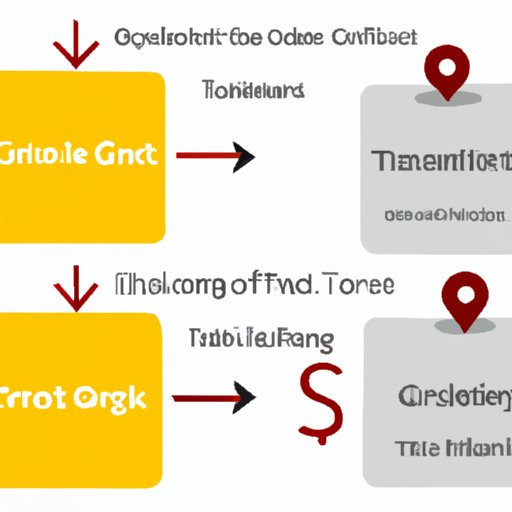Introduction
A go-to-market (GTM) strategy is an action plan for launching and selling a product or service in the marketplace. It outlines how you will reach and engage with potential customers, build relationships, and ultimately drive sales. A well-planned GTM strategy can be the difference between success and failure for any business.
In this article, we will explore the different components of a go-to-market strategy and provide helpful tips for developing and testing your messaging and creating a distribution plan. By the end, you’ll have a better understanding of how to define and execute a successful GTM strategy.
Outline the Components of a Go-to-Market Strategy
There are several key components to consider when creating a go-to-market strategy. Let’s take a look at each one in more detail.
Identify Your Target Customers and Markets
The first step in creating a GTM strategy is to identify your target customers and markets. You need to understand who your potential customers are, what their needs are, and why they should buy from you. This will help you craft a message that resonates with them and create an effective marketing plan.
To get started, research the demographics of your target audience. Consider factors such as age, gender, location, income level, interests, and more. Once you have a better understanding of who your customers are, you can begin to tailor your messaging and products to meet their needs.
Analyze Your Competitive Landscape
It’s also important to analyze your competitive landscape and understand how other companies in your industry are positioning themselves. Research their pricing, product offerings, marketing strategies, and customer service. This will help you identify areas where you can differentiate yourself and stand out from the competition.
Define Your Unique Value Proposition
Once you have a good understanding of your target customers and the competitive landscape, you can begin to define your unique value proposition. This is a statement that explains why your company or product is different from the competition and why customers should choose you over them. Your unique value proposition should be clear, concise, and compelling.
Develop and Test Your Messaging
Now that you’ve identified your target customers and defined your unique value proposition, it’s time to develop your messaging. This is the language you use to communicate your value proposition to customers and convince them to buy from you.
Brainstorm Messages
Start by brainstorming messages that you think best capture your value proposition. Think about what makes your product or service different and how you can communicate that to customers in a way that resonates with them. Try to come up with a few variations on each message so you have options to test.
Test Your Messages
Once you have a few messages, it’s time to test them out. Use A/B testing to see which messages resonate best with customers. Track the results and refine your messaging until you find the one that works best.

Create a Distribution Plan for Your Products or Services
Finally, you need to create a distribution plan for your products or services. This involves identifying the channels through which you will distribute your products and services, such as retail stores, online marketplaces, or direct sales. You may also need to establish partnerships with distributors or resellers to help you reach more customers.
When creating a distribution plan, it’s important to assess the costs associated with each channel. Factors such as shipping costs, inventory management, and fulfillment fees can all affect your bottom line. Be sure to factor these costs into your pricing model to ensure profitability.
Conclusion
Creating a successful go-to-market strategy requires careful planning and execution. It involves identifying your target customers and markets, analyzing your competitive landscape, defining your unique value proposition, developing and testing messaging, and creating a distribution plan. By following these steps, you can create an effective GTM strategy that will help you reach your goals.
Remember to keep these key points in mind when crafting your go-to-market strategy: identify your target customers and markets, analyze your competitive landscape, define your unique value proposition, develop and test your messaging, and create a distribution plan for your products or services.
(Note: Is this article not meeting your expectations? Do you have knowledge or insights to share? Unlock new opportunities and expand your reach by joining our authors team. Click Registration to join us and share your expertise with our readers.)
